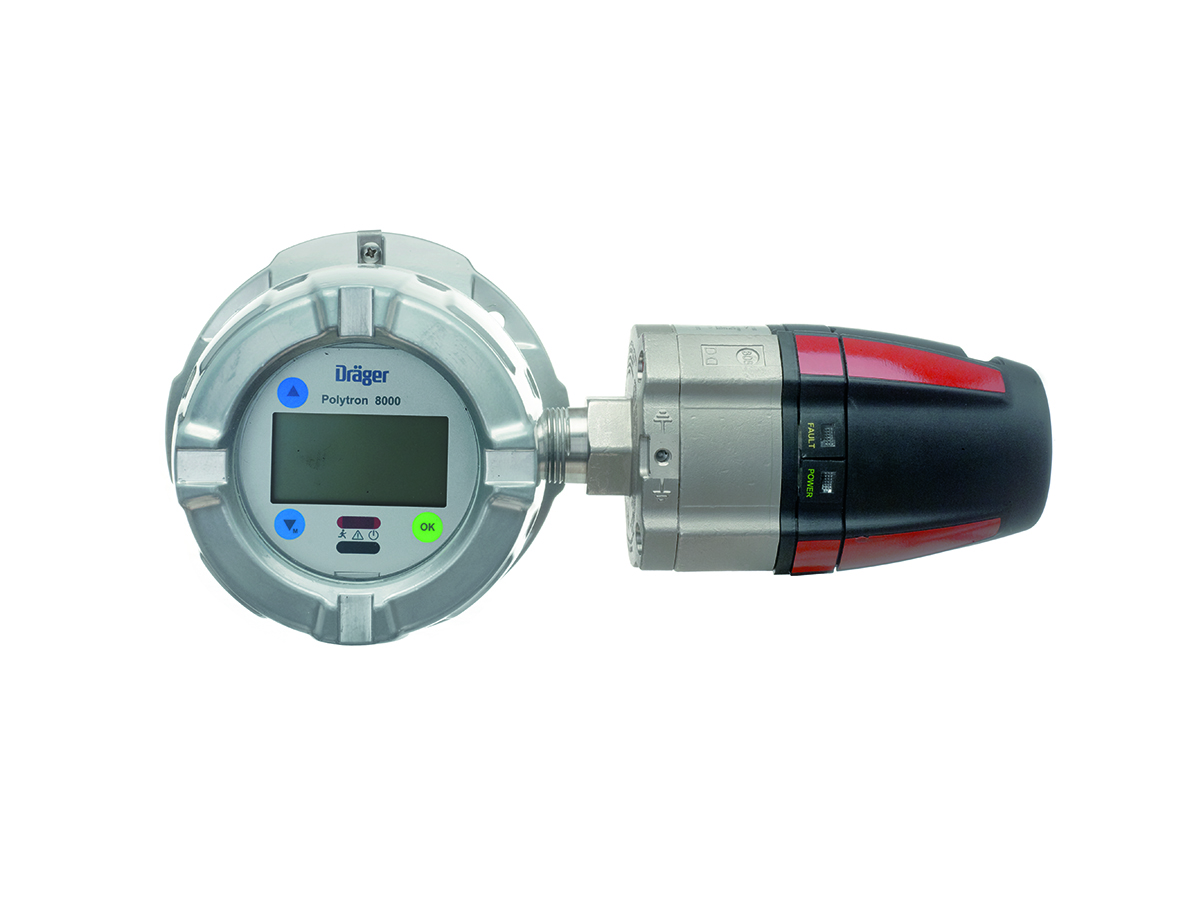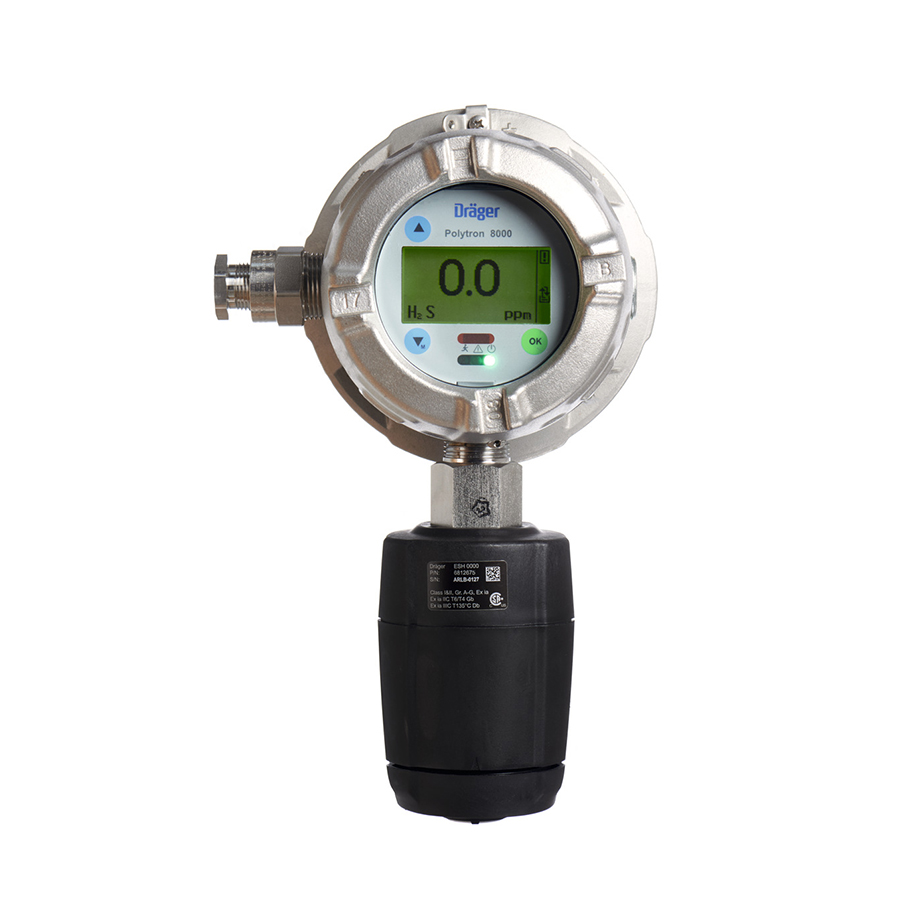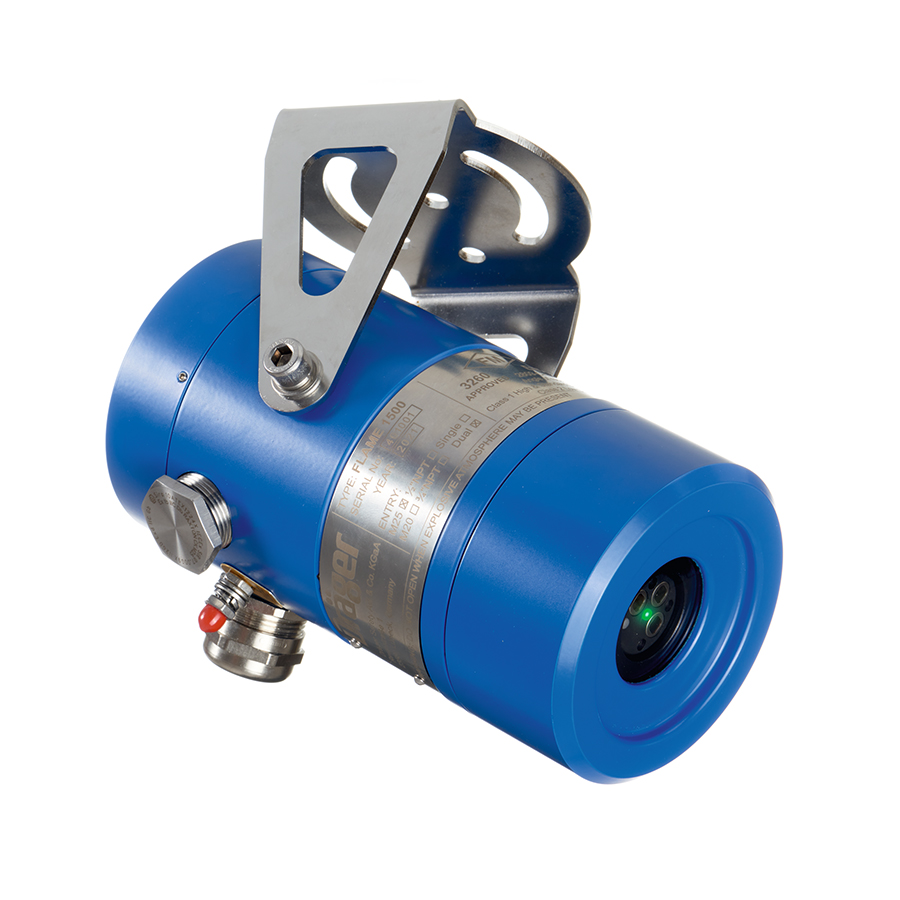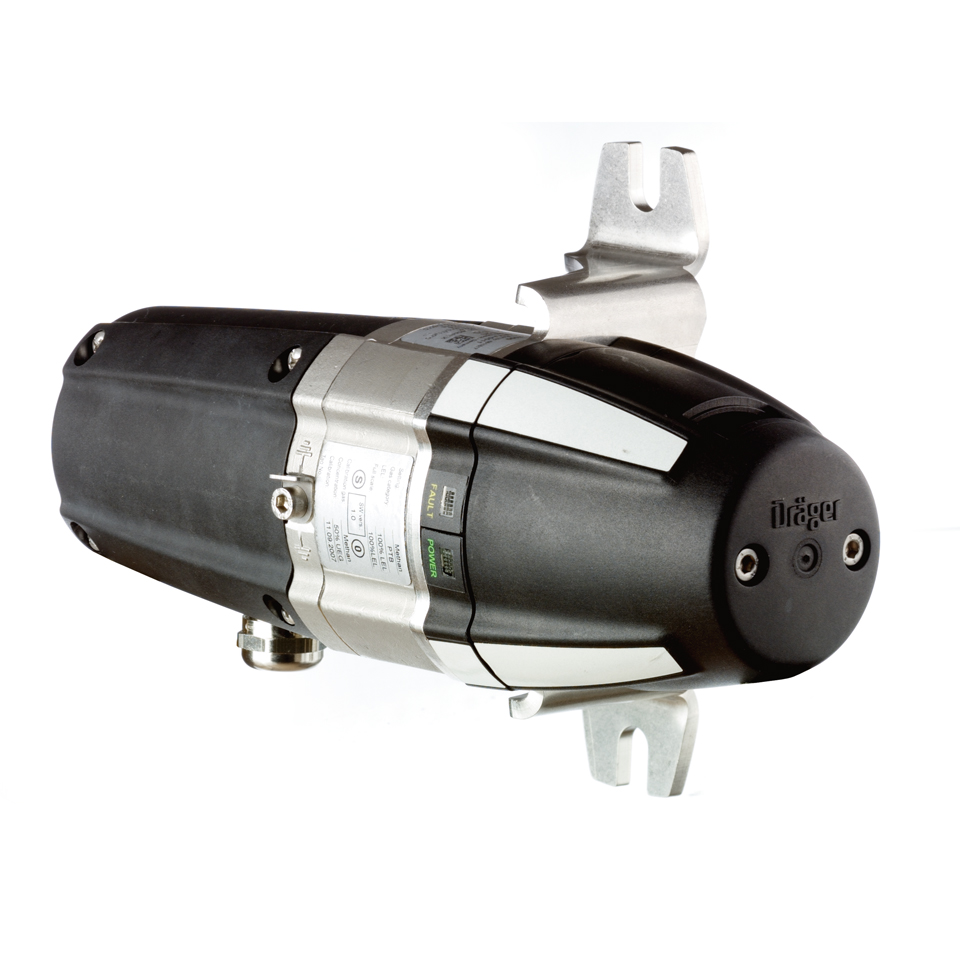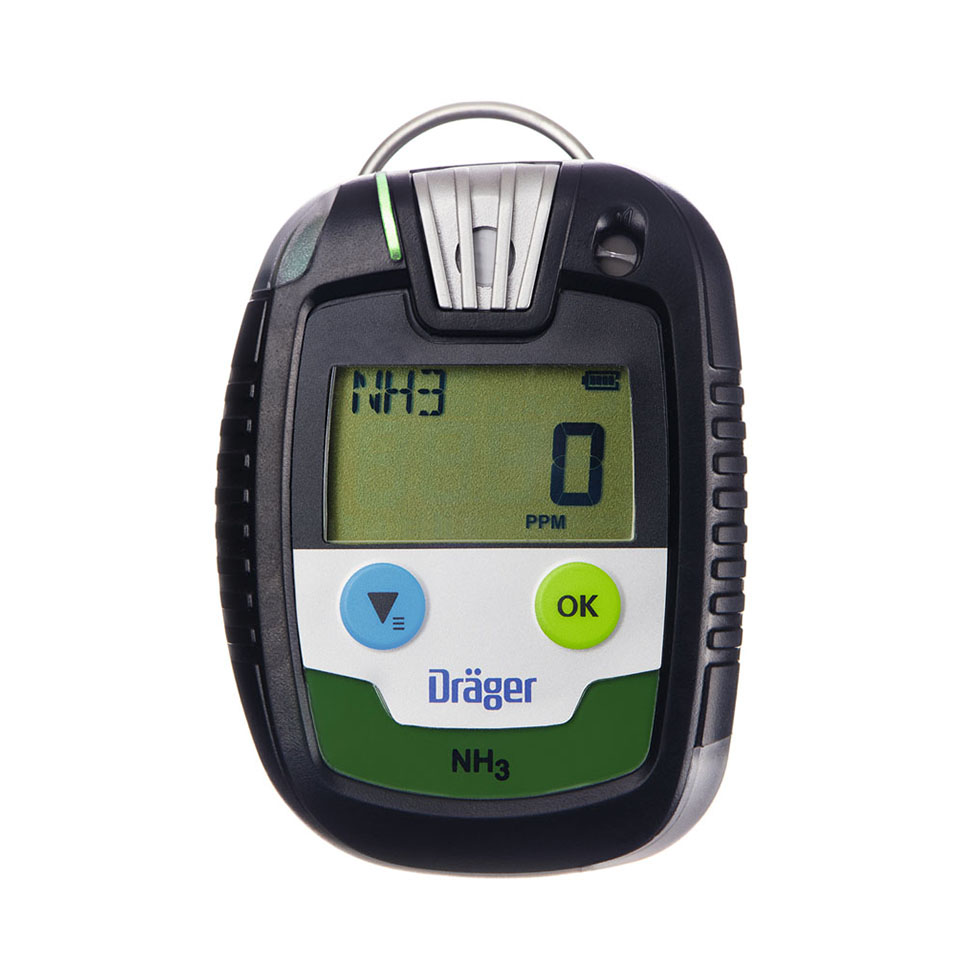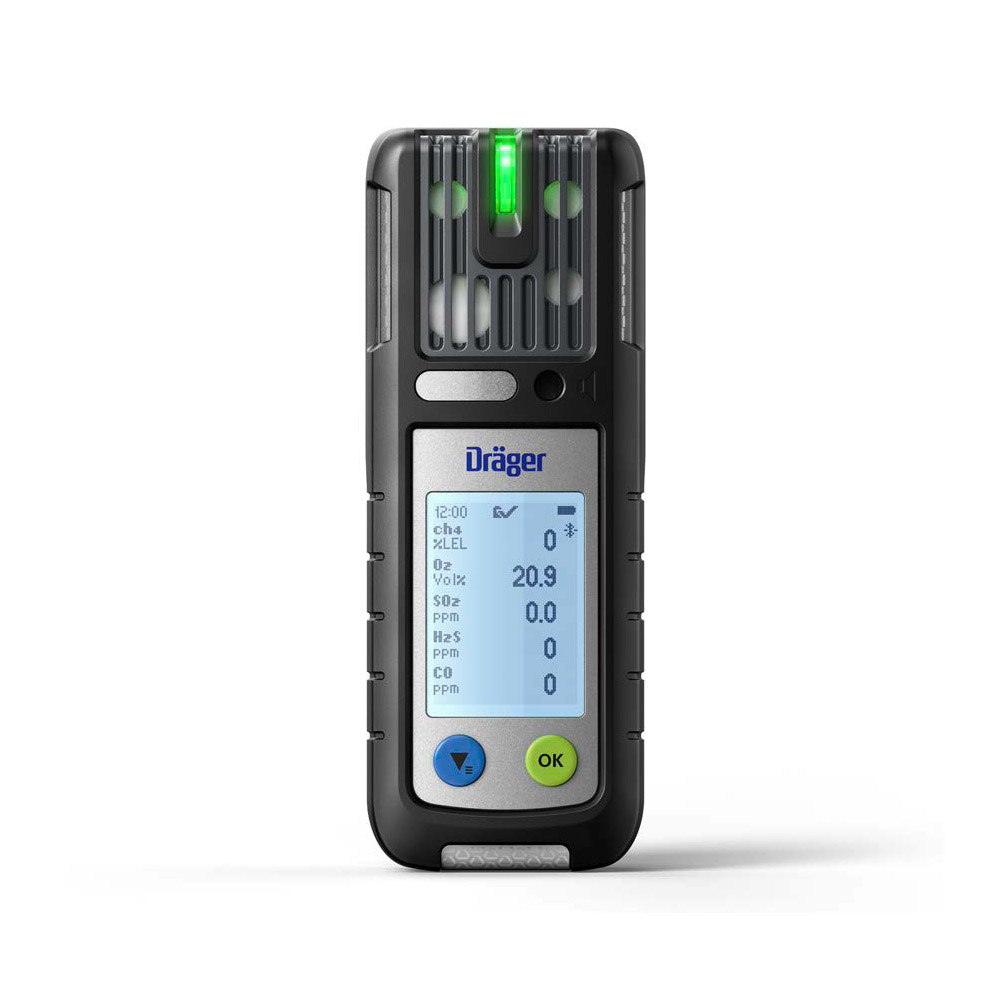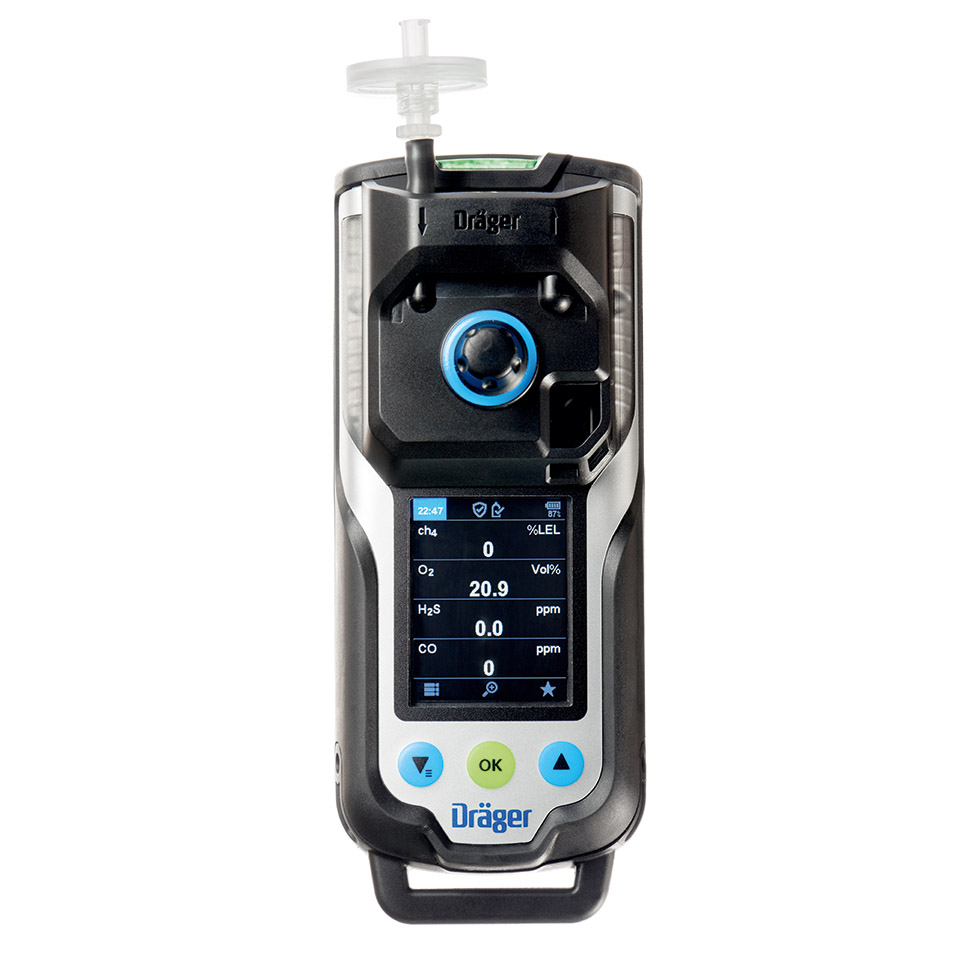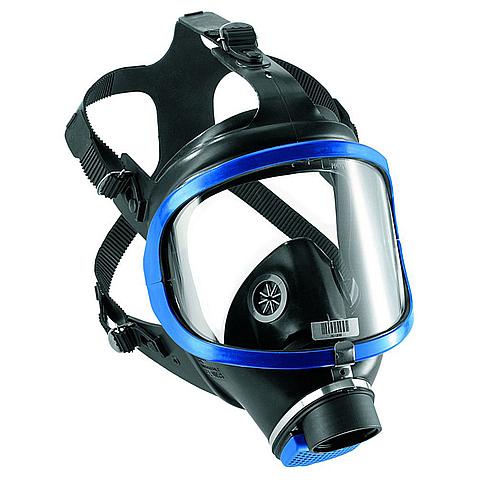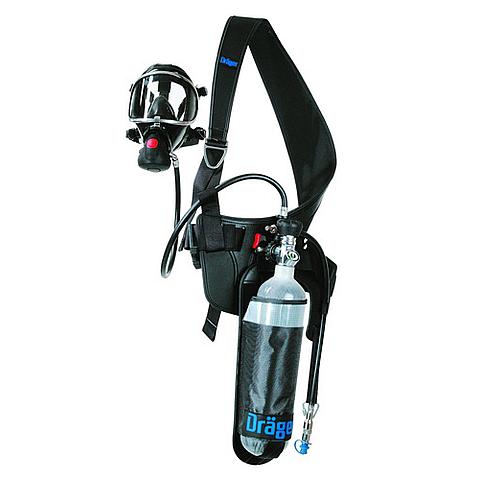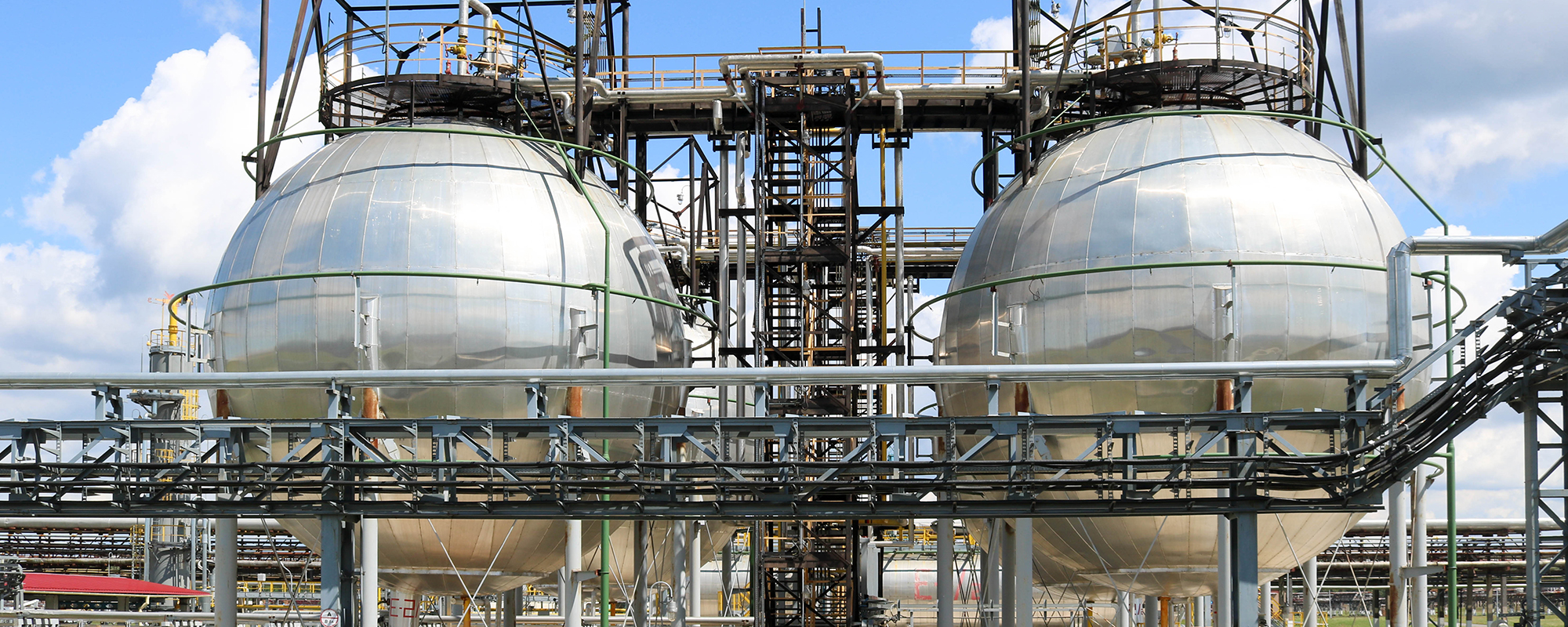
Methanol - Green Fuel
for Shipping Industry
Contact usMethanol Safety for Use as Zero-Carbon Fuel
Methanol is increasingly pivotal in sustainable mobility solutions, and innovations for the use of this clean energy alternative are being advanced. As methanol use grows, particularly to decarbonise the shipping industry, it's crucial to manage its significant safety risks effectively. Highly volatile and toxic, methanol demands rigorous safety measures to protect those who handle and use it.
With Dräger’s deep-rooted expertise in methanol safety, we stand as your trusted advisor in navigating methanol’s complexities. We deliver specialised safety solutions and expert advice, ensuring your operations are secure and aligned with sustainability goals.
Methanol Hazards
Methanol liquid and vapours are extremely flammable.
Methanol is potentially explosive if vapour is released and it is in contact wiht an ignition source. Methanol is also water soluble.
The routes of exposure for Methanol include contact with the eye or skin, inhalation and ingestion.
Methanol vapour is heavier than air. It can accumulate in low lying areas and in confined spaces. It is very toxic to human health.

Toxicity
Methanol is toxic. It affects specific organs and the central nervous system, which can lead to long-term damage or death. Symptoms may include coughing, headache, dizziness, nausea or blurred vision.

Flammability
Methanol is highly flammable gas and can beignited at concentrations between 6% by volume (LEL0 and 50% by volume (LEL). Spontaneous ignition occurs at 440oC. At 9oC, the flash point is relatively low. Above this temperature, vapours may form a flammable mixture with air.

Pale flame
Methanol burns with a barely visible bluish flame. Flame detectos are therefore necvessary and provide early warning.

Propagation
Methanol is slightly denser than air (32 versus 28 grams per mole). The vapour often follows the movement of air. But if methanol is warmer than the surrounding air, it will rise. If it is cooler, it sinks and accumulates near the ground. Sensor positioning should, therefore, be individual, taking into account local conditions such as ventilation systems.

Skin resorption
Methanol is easily and quickly absorbed via all routes of exposure, inclusing the skin. It spreads rapidly through the body and leads to symptoms of poisoning.
Recommended Ship & Personal Safety Solutions
Get an overview of mobile and fixed gas detection solutions for methanol detection as well as personal protective equipment and Dräger Services.
Click the tabs below to find out more
Hazards found in different application areas for Methanol
Handling the raw materials used in the production of Methanol.
Possible hazards: CO2, H2
Processing and manufacture of Methanol;
Production is carried out in two steps. The first step is to convert the feedstock into a synthesis gas consisting of CO, CO2, H2O and H2 This is usually accomplished by the catalytic reforming of feed.
Possible hazards: NH3, CH3OH, H2, CO, CO2.
Care and attention needs to be made when handling Methanol due to its toxic and explosive nature.
Possible hazards: CH3OH, Fire.
Feedstock for Chemical Industry, Hydrogen carrier, fuel for Power Generation, Mobility.
Possible hazards: NH3, CH3OH, H2, CO, CO2, NO, NO2, H2S, SO2, HCHO, Fire etc.
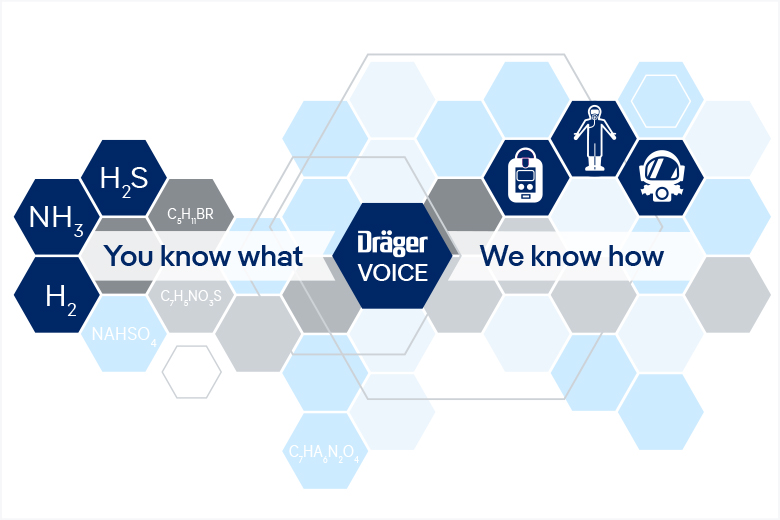
VOICE Hazardous Substances Database
Dräger VOICE is an essential tool for the safe handling of hazmats. One click and you’ll receive relevant information and specific recommendations of safety equipment for more than 1,500 hazardous substances in its database.
Methanol: find out moreLink to VOICE databaseDownloads
Infographics
Brochures
Useful links
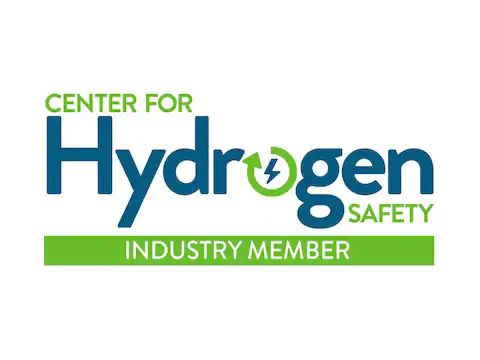
Our organization is a member of the Center for Hydrogen Safety, which is a global nonprofit resource that supports and promotes the safe handling and use of hydrogen across industrial and consumer applications in the energy transition. For more information visit the Center for Hydrogen Safety website.
We've looked externally for the latest useful research and findings into sustainable Clean Energy and its place in the future clean technology environment. Click the links in the next column to find out more.
